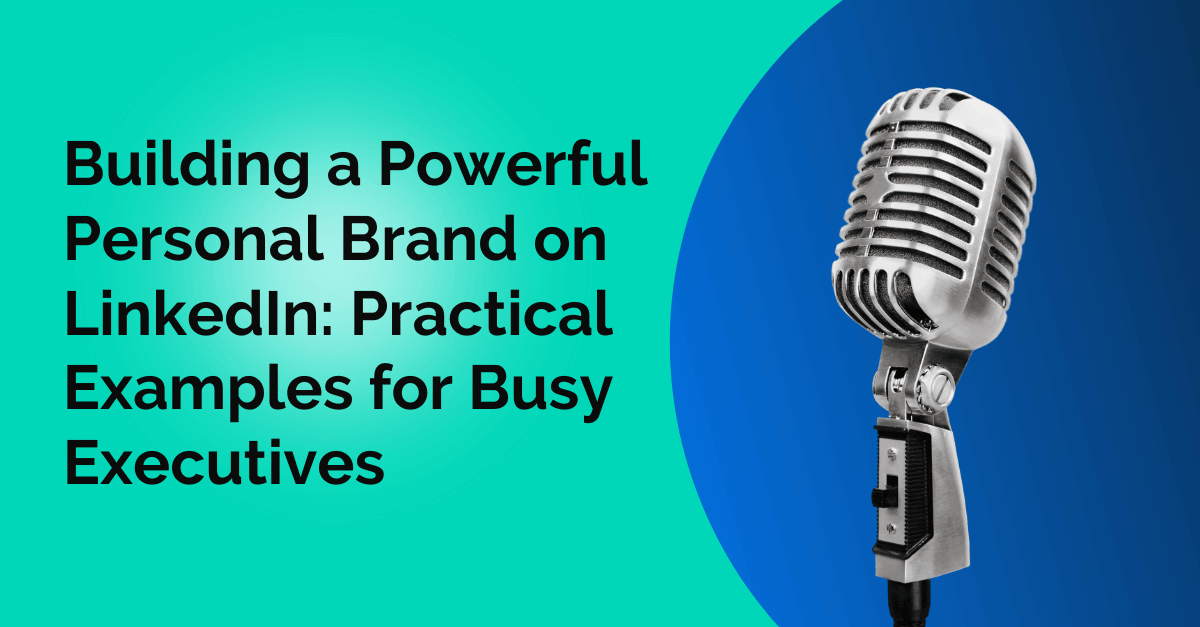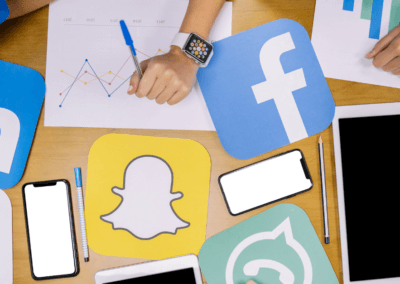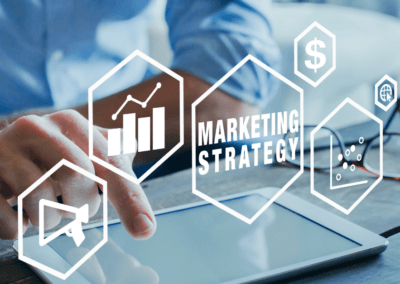Ever wondered about building a personal brand on LinkedIn? Well, you’re not alone. With the buzz around personal branding increasing by the day, it’s becoming clear that it’s not just companies that need to establish a strong brand; it’s also the leaders behind these companies. More so, for executives who often act as the public face of their organization.
However, there’s a hurdle. We’re all BUSY. How does an executive find the time to build an influential personal brand on LinkedIn while juggling all their other responsibilities? The solution lies in a collaborative approach. We’re here to walk you through this process and provide some LinkedIn personal branding examples to help guide your journey.
LinkedIn enables thought leadership
Why LinkedIn? Because LinkedIn is where business conversations take place. It’s a hub for professionals, a playground where your potential clients, employees, and partners are sharing their knowledge. You need to be where your audience is, hence, LinkedIn.
LinkedIn stands out as a platform that enables thought leadership. It offers executives a place to disseminate insights, experiences, and perspectives. This sharing fosters authenticity and credibility, critical ingredients in today’s business landscape. People want to connect with people, not faceless entities, making personal branding on LinkedIn an essential tool.
Building a powerful personal brand on LinkedIn isn’t about self-glorification. It involves painting a vivid picture of who you are as an individual, as a leader, and as a crucial part of your organization. It’s about sharing your insights, initiating discussions, and becoming an active player in your industry.
Steps to build a personal brand on LinkedIn
Step one: Optimize your profile. Your LinkedIn profile is your online business card. It needs a professional profile picture, an engaging headline, and a summary that tells your compelling story.
Step two: Stay active. Engage with posts, share fascinating articles, interact with your connections. The more active you are, the more visibility you get. And visibility leads to recognition, credibility, and influence.
Step three: Share valuable content. As an executive, you have a wealth of experiences, insights, and stories that others can learn from. Don’t hesitate to share them. Generate original content that reflects your personal brand and aligns with your company’s ethos. Read about LinkedIn content ideas to expand your reach.
Step four: Cultivate a network. The strength of your personal brand on LinkedIn significantly depends on the company you keep. Connect with thought leaders in your industry, engage with your team, reach out to potential clients. Be strategic with your connections.
LinkedIn personal branding examples.
Consider the LinkedIn personal branding example of Satya Nadella, CEO of Microsoft. He utilizes his LinkedIn profile to share his thoughts and perspectives and to endorse Microsoft’s mission and values. His personal brand mirrors Microsoft’s brand, creating a robust and consistent message that resonates with their audience.
Remember, while you’re working on your personal brand, align it with your company’s brand. What are your company’s values? Its mission? Its story? Your personal brand should augment these elements.
Consider hiring a reputable B2B marketing firm
Moreover, as a busy executive, consider hiring a reputable marketing firm like SmarkLabs to streamline your efforts towards building a personal brand on LinkedIn. They understand the intricacies of LinkedIn’s algorithm, can create engaging content that attracts your audience, and can translate your insights and experiences into powerful narratives.
However, remember to maintain authenticity. Stay involved in the process. The content should echo your voice, your experiences, and your insights. For instance, set aside some time each week or month to meet with your marketing team. Share your recent experiences, your thoughts on industry trends, and your content ideas.
In summary, building a personal brand on LinkedIn, while time-consuming, can offer significant benefits. Whether you choose to do it independently or with the help of a marketing firm, remember that it’s a gradual process requiring time, effort, and consistency. However, the result is a personal brand that boosts your reputation and amplifies your company’s brand.




